Asus ROG Ally vs Steam Deck: the battle of the PC handhelds
How does the upcoming Asus ROG Ally match up against the Steam Deck?
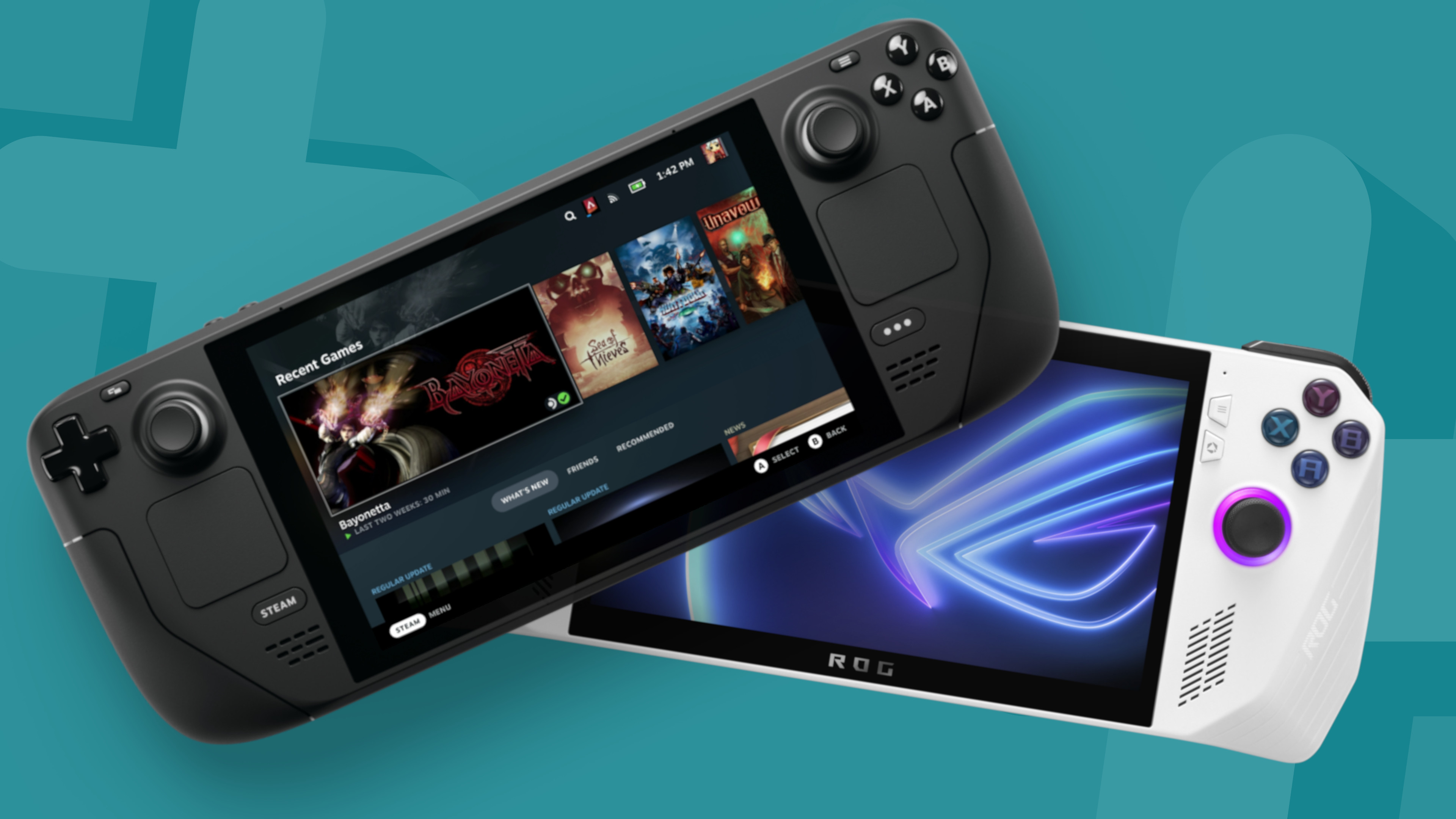
There was a time when Steam Deck ran the handheld gaming PC show. Valve's device has been considered the gold standard for on-the-go PC gaming for the last year, without any competitors coming close to matching its offering. There's a new kid on the block, though, and according to newly released spec information, the Asus ROG Ally is coming for Valve's crown.
Of course, the Steam Deck has been out in the wild since February 2022, whereas we're still awaiting release date information for the Asus ROG Ally. That means this comparison isn't going to be the final word on which handheld gaming PC you should buy in 2023. Rather, we'll be keeping this updated with all the latest information on the the ROG Ally to help you work out which device might be better suited as each new reveal is announced, culminating in a final launch verdict once we've had the ROG Ally in hand.
And more information is coming soon. The Asus ROG Ally launch event is on the way today, May 11, promising pricing, release date, and spec information in full. That means you'll know plenty more about whether the Ally or Steam Deck is best for you in just a few hours.
| Specs | Asus ROG Ally | Steam Deck |
|---|---|---|
| Processor | AMD Ryzen Z1 Extreme (Zen 4) | AMD Ryzen Zen 2 |
| Graphics | RDNA 3 | RDNA 2 |
| Display | 7-inch 1920 x 1080 (16:9), 120Hz, 500 nits | 7-inch 1280 x 800 (16:10), 60Hz , 400 nits |
| Storage | 512GB + UHS-II MicroSD slot | 64GB / 256GB / 512GB + UHS-I MicroSD slot |
| RAM | 16GB LPDDR5 | 16GB LPDDR5 |
| Controls | Asymmetrical Xbox style | Symmetrical, 2x trackpad |
| Programmability | 2x macro back paddles, thumbstick deadzone and sensitivity, trigger sensitivity | 4x macro back buttons |
| Audio | Dual front-facing speakers, virtual 5.1.2 surround sound, Dolby Atmos | Dual front-facing speakers, stereo |
| Weight | 608g | 669g |
| Extra features | Haptic feedback, Armoury Crate launcher and overlay, fingerprint unlock | Haptic feedback, thumb trackpads |
Asus ROG Ally vs Steam Deck: Specs
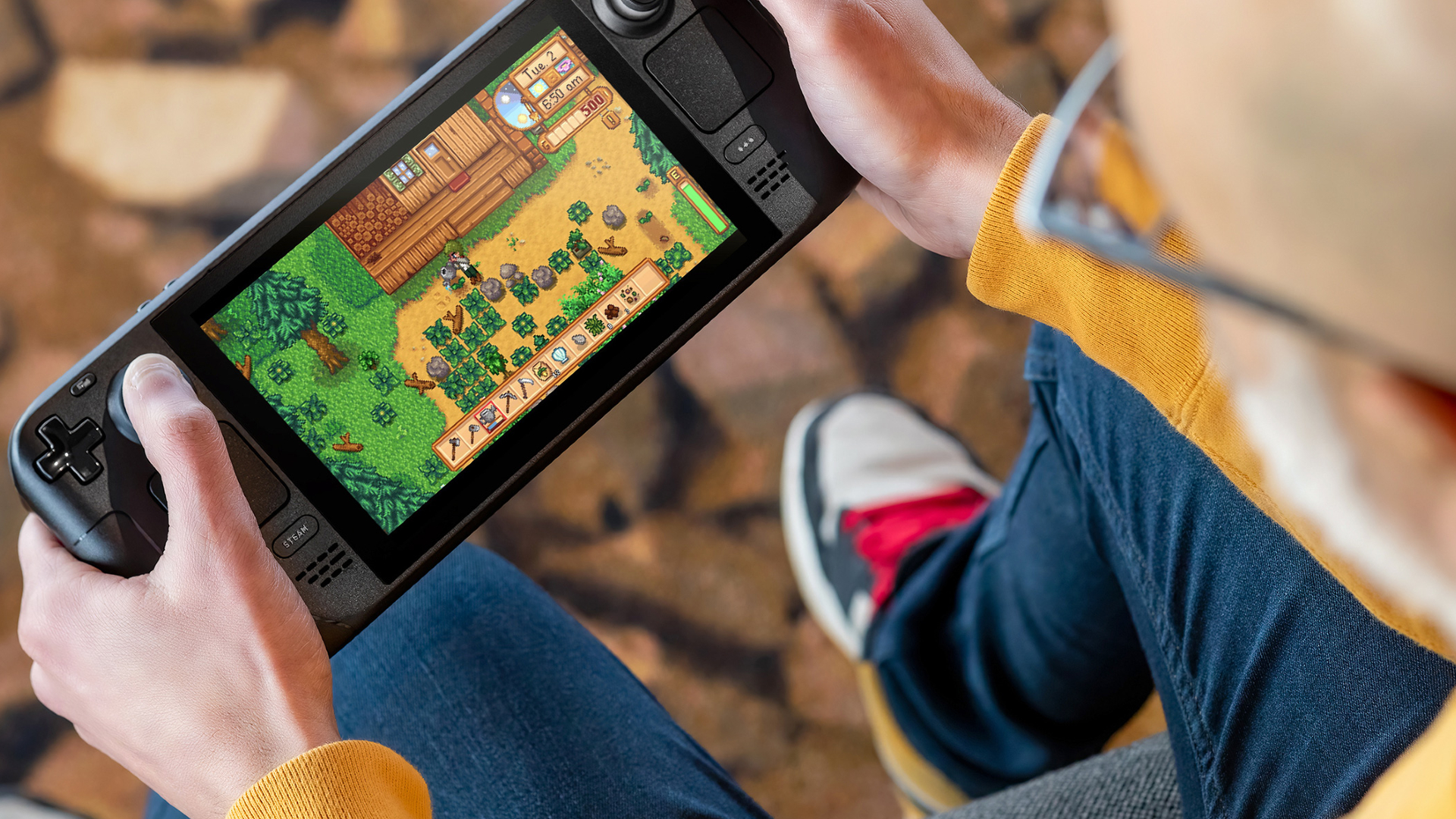

Specs
Asus ROG Ally
- AMD Ryzen Z1 Extreme Zen 4
- RDNA 3 graphics
- 7-inch 1920 x 1080 display at 120Hz
- 512GB
- 16GB LPDDR5 RAM
Steam Deck
- AMD Ryzen Zen 2
- RDNA 2 graphics
- 7-inch 1280 x 800 display at 60Hz
- 64GB / 256GB / 512GB
- 16GB LPDDR5 RAM
The Steam Deck may have only released a year ago, but the Asus ROG Ally is about to smoke Valve's offering in the specs department. On paper, this is a far more capable device with AMD Zen 4 processing (vs Steam Deck's Zen 2) and RDNA 3 graphics. Of course, all of that comes with a pinch of salt - we don't know how well the Ally will handle all this power in the real world. The Steam Deck may well still win in the performance department, but right now, with specs in front of us, this is going to be a hard battle for Valve.
On top of that, the Asus ROG Ally is also promising a superior display to that of the Steam Deck. They're both 7-inch panels, but Asus has upped the resolution to true 1080p with a much faster 120Hz refresh rate. If all goes to plan, that's going to leave you with crisper images and far less motion blur - especially with AMD FreeSync running in the background.
We only know about one configuration of the Asus ROG Ally at the moment, a 512GB model. Right now, the Steam Deck is the more flexible option, with models sporting 64GB, 256GB or 512GB of storage space and variable prices to match them.
Asus ROG Ally vs Steam Deck: Design
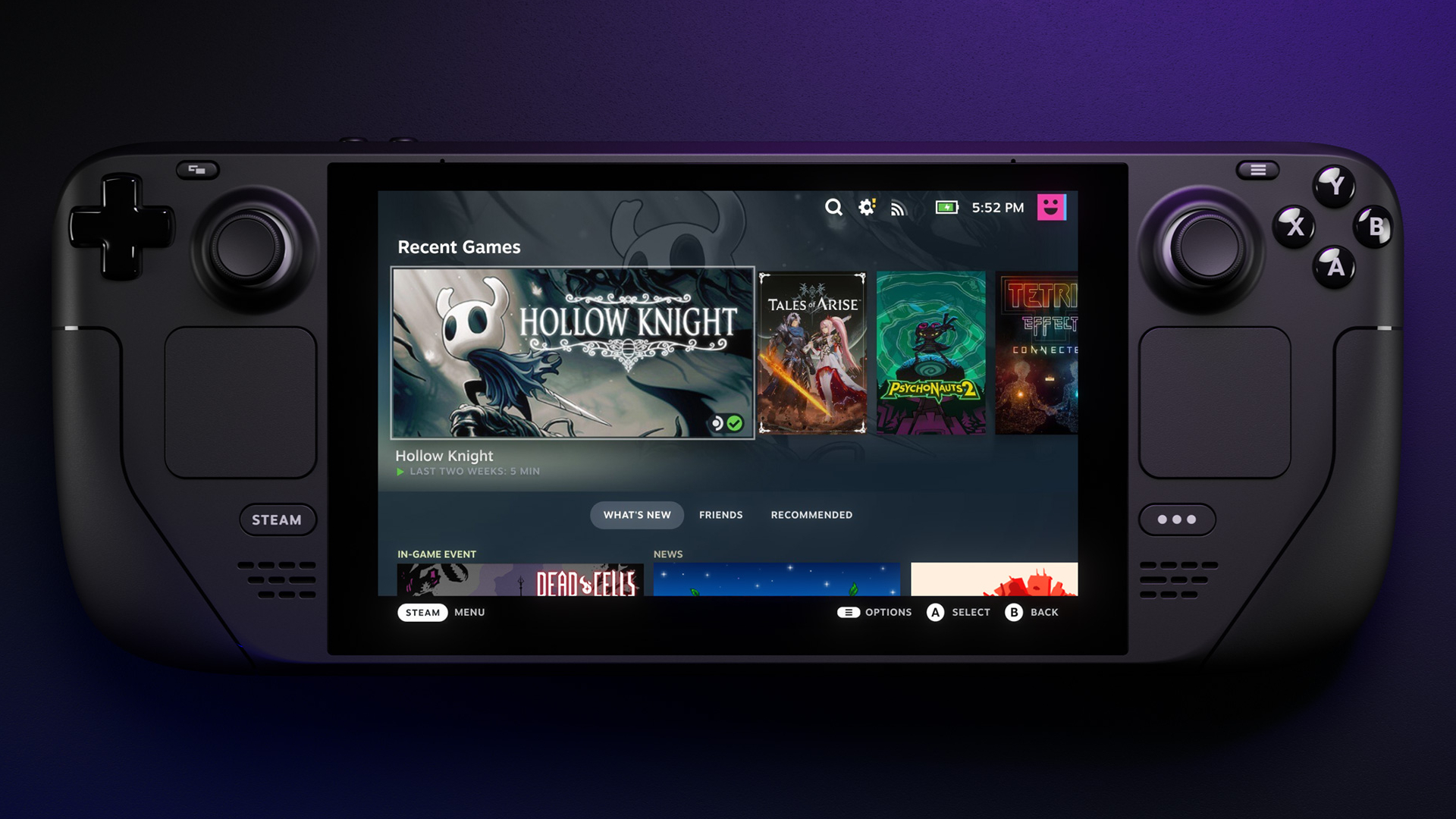
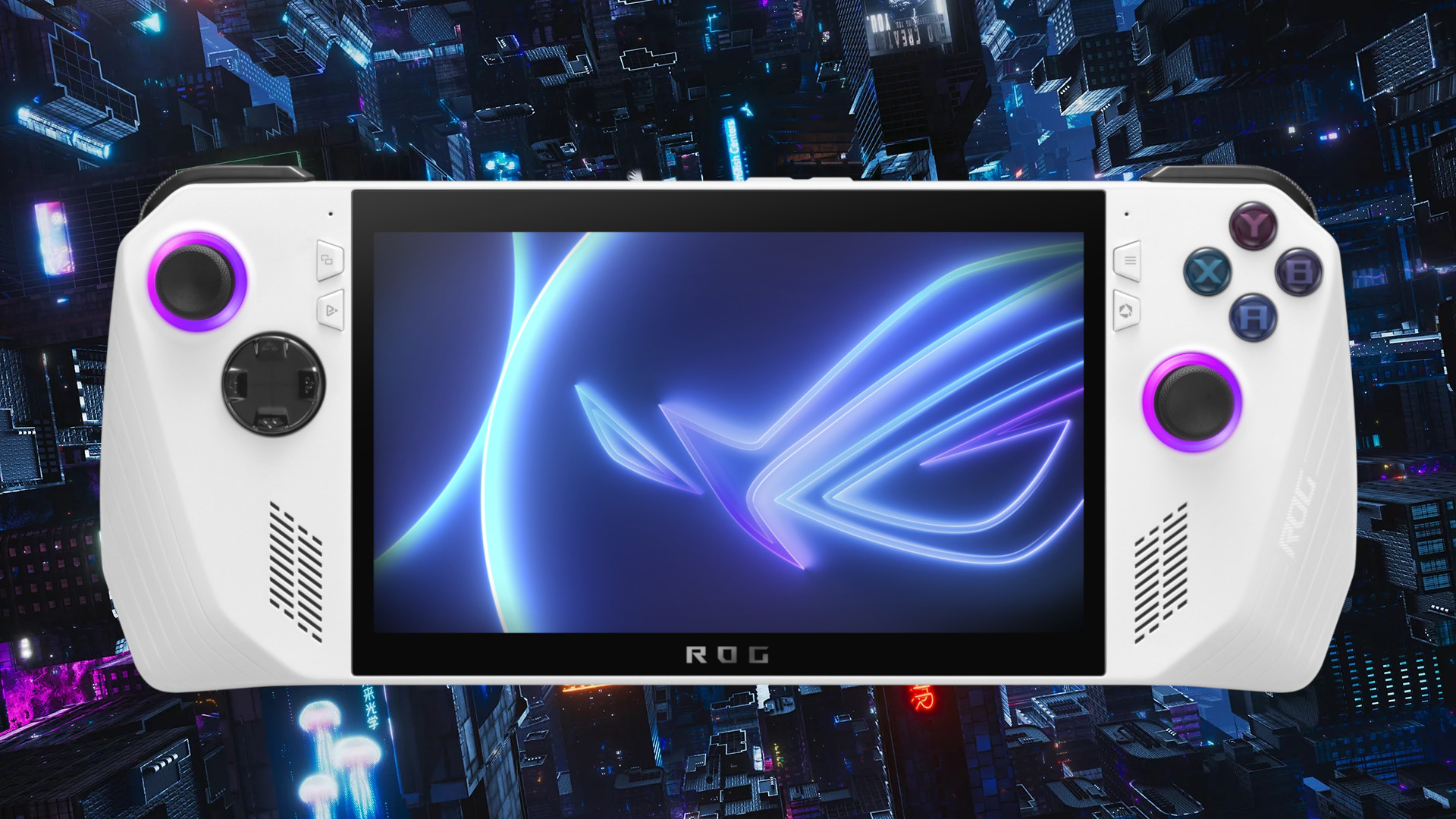
Design
Asus ROG Ally
- Angled sides for additional comfort
- Still a wide form factor
- Asymmetrical thumbstick design
- 608g
Steam Deck
- Larger, chunkier sides and grips
- Wider form factor
- Symmetrical thumbstick design
- 669g
The Asus ROG Ally and Steam Deck both share the same design language, the same central screen and side control form factor that has reigned supreme in the handheld space for so long. However, there are some easily discernible differences in the fine print.
Sign up to the GamesRadar+ Newsletter
Weekly digests, tales from the communities you love, and more
For starters, the Steam Deck is a chunky device, with a width and heft to each side that the Asus ROG Ally is looking to avoid. That means some of the stability we enjoyed with Valve's option may be lost in Asus's iteration, with less to physically hold onto and reduced grip size around the back. However, the angled sides and skinnier profile to the ROG Ally may prove more comfortable for those with smaller hands.
Both devices have a slick look to them. Where the Steam Deck opts for a classic black and gray aesthetic, though, Asus is moving into the future with bold white, RGB accents around the thumbsticks, and angular accents along the back. The better design will be down to personal preference, but it's well worth considering the additional LEDs piled into the ROG Ally - for better or worse.
Asus ROG Ally vs Steam Deck: Features

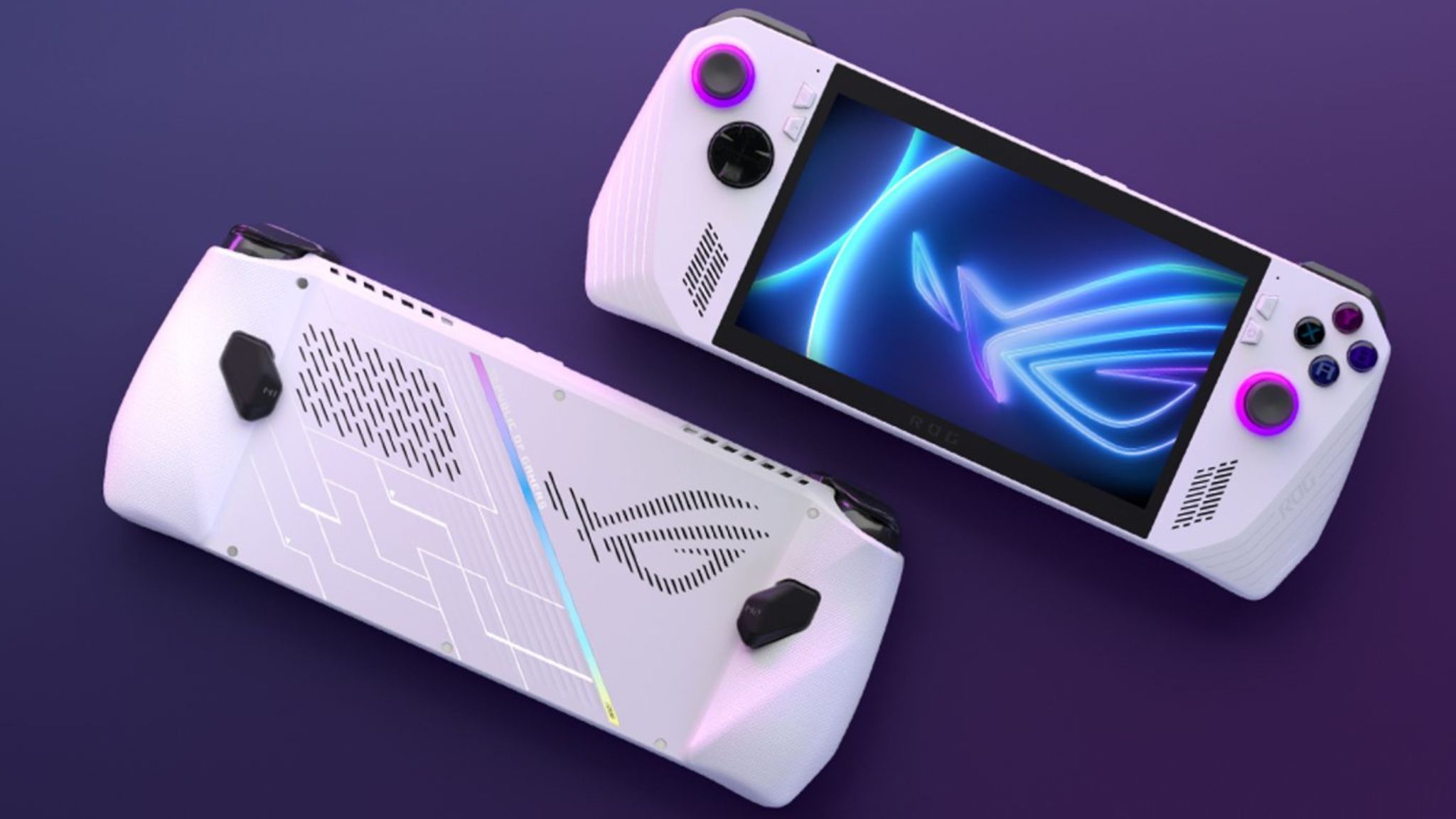
Features
Asus ROG Ally
- 2 macro back buttons
- No touchpads
- Thumbstick and trigger sensitivity customization
- Dock and external GPU compatible
- Windows 11
- 5.1 surround with Dolby Atmos
Steam Deck
- 4 macro back buttons
- 2 pressure sensitive touchpads
- Thumbstick and trigger sensitivity customization
- Dock compatible
- Linux operating system (SteamOS)
- Stereo sound
If you're deciding between a Steam Deck and the upcoming Asus ROG Ally, the feature sets may certainly help you out. While the Steam Deck concerns itself with buttons galore, the Ally focuses its strengths under the hood. If you're looking to keep all your macros right at your fingertips, we'd recommend sticking with Value. There are four additional buttons around the back (double that of the ROG Ally), as well as those two classic pressure sensitive touchpads. That's a pretty comprehensive control system to serve a massive range of genres.
However, Asus's option comes with a Windows 11-shaped silver bullet. While the Steam Deck runs off a Linux-based operating system (running SteamOS), the Ally will be able to run far more launchers far easier. From Epic to Game Pass, all your games will be quickly accessible, with special thanks to the Armoury Crate SE software bringing everything into one scannable home screen. By contrast, Valve requires some pretty time consuming tinkering behind the scenes to be able to fudge anything other than Steam.
That flexibility is also present in your docking options. Yes, the Steam Deck can connect to a separate display via its USB-C port, but the ROG Ally will be able to do all that while also boosting its power through an Asus ROG XG Mobile GPU. Budget permitting, that means you'll be playing handheld when on the go and taking advantage of an RTX 4090 graphics card when hooked up to the big screen.
Should you buy the Steam Deck or wait for Asus ROG Ally?
All of this is to answer one simple question. Should you dive in with the Steam Deck today or wait for the Asus ROG Ally this summer? While we're still working with theoretical numbers and a few press shots, I would recommend holding off until we know more about how the Asus ROG Ally handles in the real world. That doesn't mean we should all be rushing out and picking up the Steam Deck while we wait - in fact, the numbers are pointing towards the Asus ROG Ally being the better buy in 2023.
If you're after more portable options, be sure to check out the best gaming phones and the best gaming tablets. For more PC on the go, though, take a look at the best gaming laptops on the market right now.

Managing Editor of Hardware at GamesRadar+, I originally landed in hardware at our sister site TechRadar before moving over to GamesRadar. In between, I've written for Tom’s Guide, Wireframe, The Indie Game Website and That Video Game Blog, covering everything from the PS5 launch to the Apple Pencil. Now, i'm focused on Nintendo Switch, gaming laptops (and the keyboards, headsets and mice that come with them), PS5, and trying to find the perfect projector.


